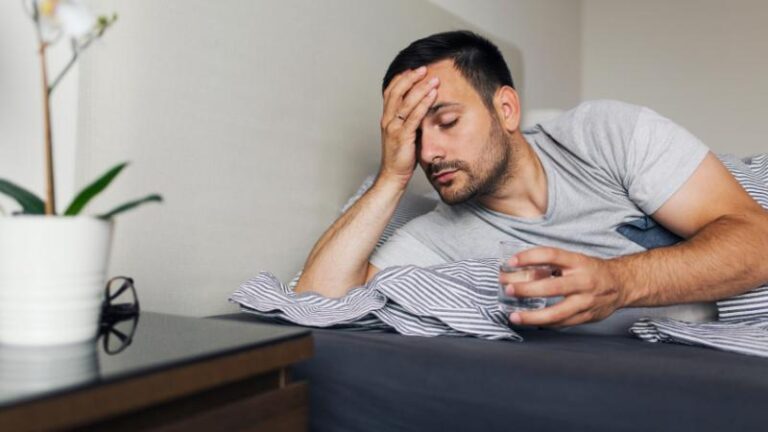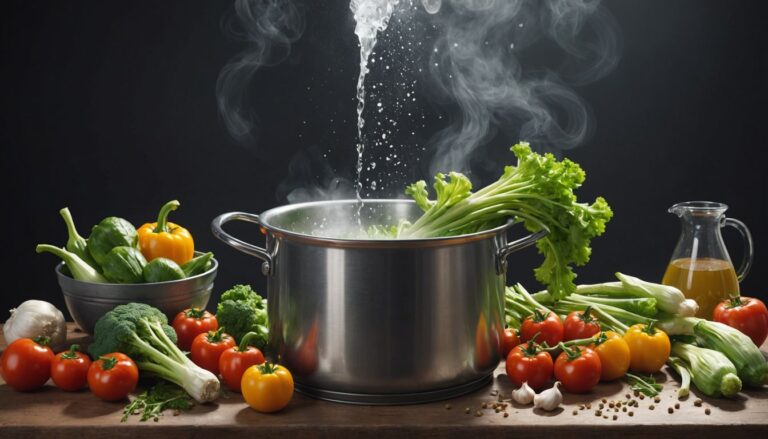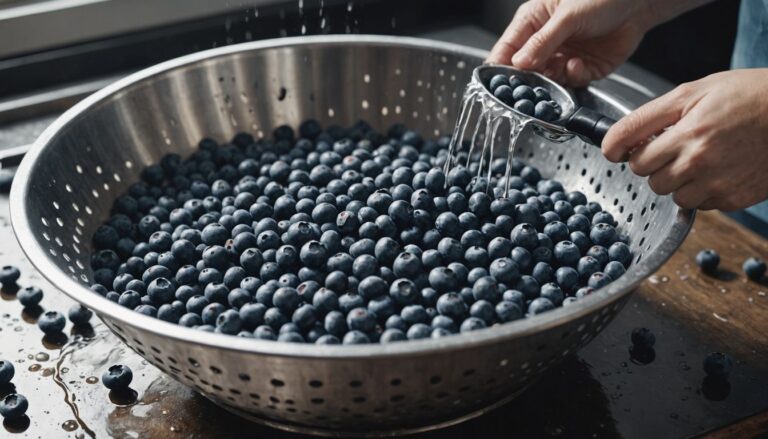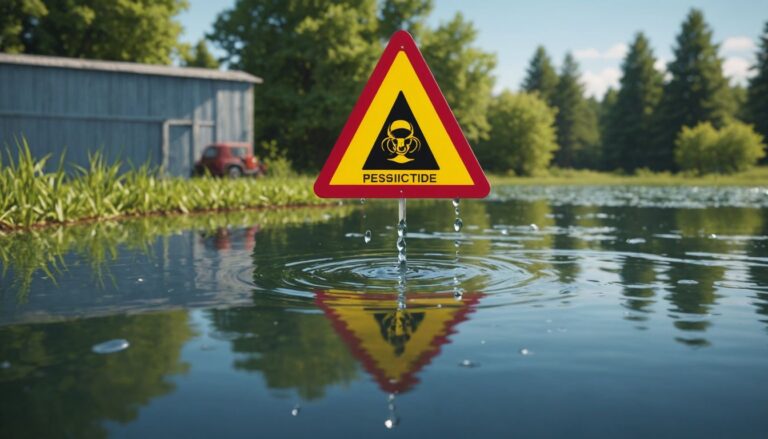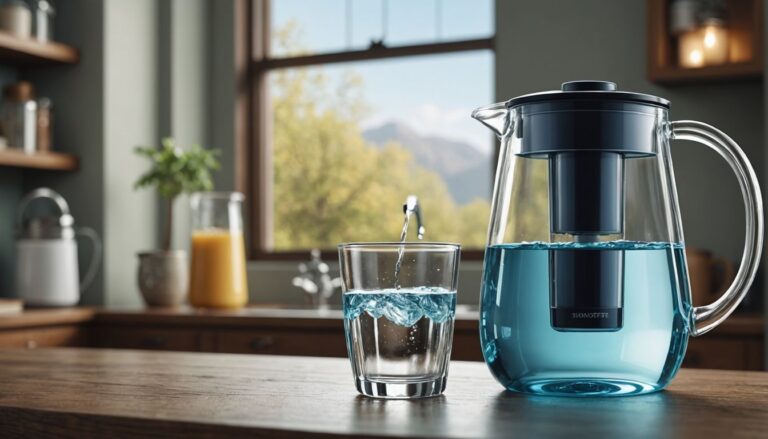What is Aromatherapy and How Can it Help You: Beginner’s Guide
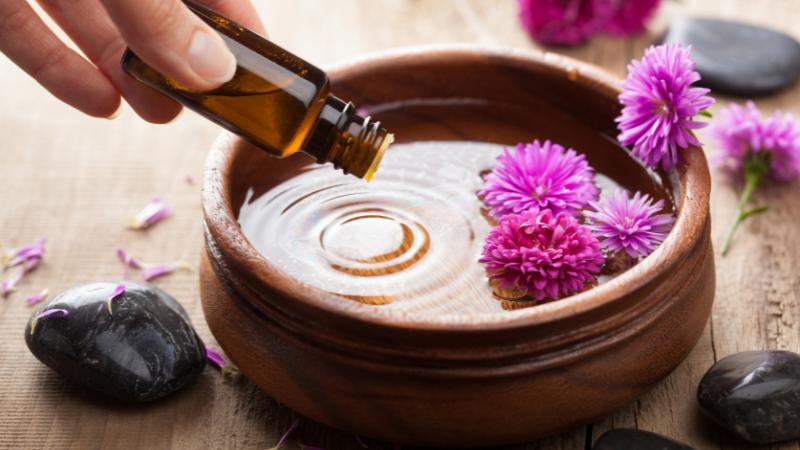
Welcome to the world of aromatherapy! Whether you’re new to this holistic practice or a seasoned pro, you’ll find that aromatherapy can have a profound impact on your mental, emotional, and physical well-being.
In this article, we’ll explore what aromatherapy is, its brief history, and the various uses of this natural therapy.
By the end of this guide, you’ll have a good understanding of how aromatherapy works and how it can help alleviate stress, boost your immune system, enhance your mood, relieve pain, and promote better sleep.
So, sit back, relax, and let’s dive into the wonderful world of aromatherapy.
What is Aromatherapy?
Aromatherapy is a form of alternative medicine that uses essential oils and other aromatic plant compounds to promote health and well-being. It involves the use of various methods such as inhalation, topical application, and the internal use of essential oils to produce therapeutic effects on the body and mind.
A brief history of aromatherapy
The use of essential oils for therapeutic purposes dates back thousands of years. Ancient civilizations such as the Egyptians, Greeks, and Romans used aromatic plant extracts for medicinal and religious purposes.
In fact, the Roman physician Pedanius Dioscorides wrote a seminal book on medicinal plants, “De Materia Medica,” which included many references to essential oils and their uses.
In the 20th century, aromatherapy was re-popularized in Europe and North America thanks to the work of French chemist Rene-Maurice Gattefosse, who coined the term “aromatherapy” after discovering the healing properties of lavender essential oil when he applied it to a burn wound.
Since then, the use of essential oils and aromatherapy has become increasingly popular around the world.
Uses of aromatherapy
Aromatherapy has a wide range of uses and benefits. Some of the common applications of aromatherapy include reducing stress and anxiety, improving mood and cognitive function, relieving pain, boosting the immune system, enhancing sleep quality, and promoting relaxation.
Essential oils can also be used to alleviate symptoms associated with various health conditions, including depression, headaches, nausea, and menstrual cramps.
Additionally, aromatherapy can be used as a natural alternative to conventional personal care and household products.
With so many potential uses, it’s no wonder that aromatherapy has gained a following among people seeking natural, holistic approaches to health and well-being.
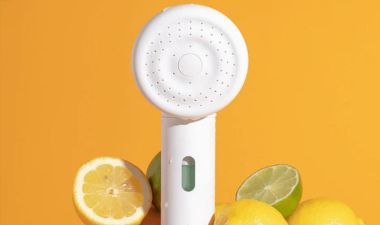
H201SH!FT Shower Starter Kit
Shower with lovely scents to your skin’s delight, hydrated & glowing.
How Does Aromatherapy Work?
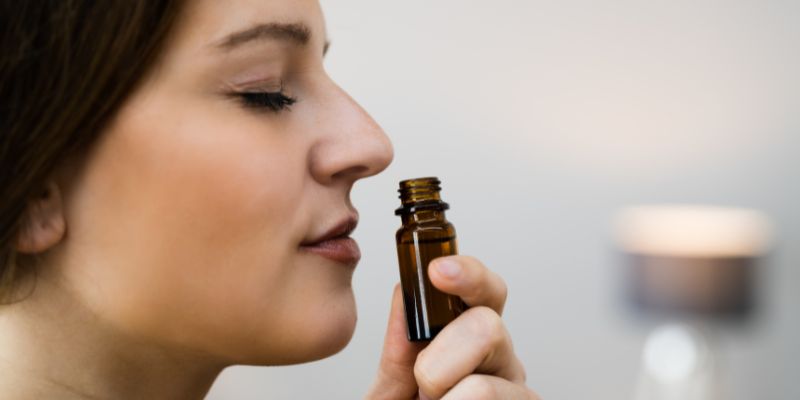
The sense of smell is intimately linked to our emotions, memories, and behavior. It’s no surprise, then, that aromatherapy – the practice of using natural plant extracts in the form of essential oils – can have a powerful effect on our mental and physical well-being.
When we inhale essential oils, our olfactory system sends signals to the limbic system, which is part of the brain that manages emotions, memories, and physiological responses.
This interaction triggers the release of hormones and neurotransmitters that can influence mood, stress levels, and pain perception.
Additionally, essential oils can have a direct effect on our nervous system, as some compounds in these oils can bind to receptors and cause specific reactions.
In short, aromatherapy works by stimulating our senses and triggering complex neurological responses that can lead to beneficial effects on our minds and body.
What Does Aromatherapy Help With: The Main Benefits
Mood enhancement
One of the primary benefits of aromatherapy is its ability to enhance mood and promote emotional well-being. Essential oils such as lavender, bergamot, and lemon have been shown to have mood-boosting effects and can help alleviate symptoms of depression and anxiety.
Stress relief
Aromatherapy has been found to be effective in relieving stress and promoting relaxation. Essential oils such as chamomile, ylang-ylang, and frankincense have been shown to have calming effects on the nervous system and can help reduce feelings of anxiety and tension.
Pain relief
Certain essential oils, including peppermint, eucalyptus, and ginger, possess analgesic properties that can help alleviate pain caused by headaches, muscle soreness, and other conditions.
Sleep promotion
Aromatherapy can also be helpful in promoting better sleep quality. Essential oils such as lavender, cedarwood, and chamomile have calming effects that can help improve sleep onset, duration, and quality.
Immune system boost
Some essential oils, such as tea tree, eucalyptus, and lemon, have antimicrobial properties that can help boost the immune system and fight off infections.
Other benefits
Other benefits of aromatherapy include:
- improved digestion
- increased energy
- skin care benefits
For example, tea tree oil can be used to treat acne, while rosehip oil can help reduce the appearance of scars and wrinkles.
How To Do Aromatherapy
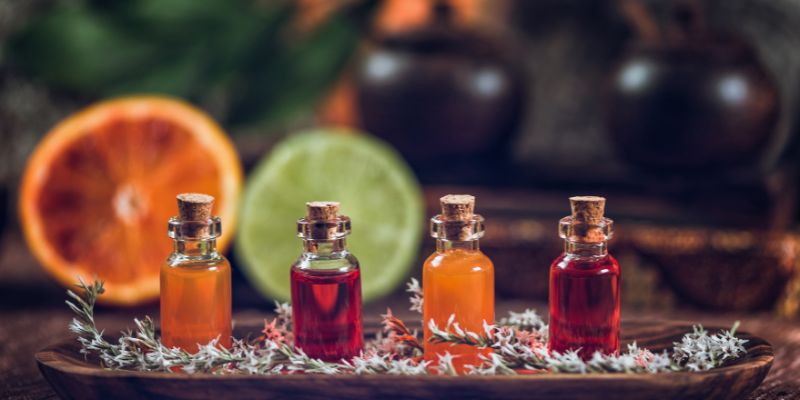
Aromatherapy can be administered in various ways, depending on the desired effect and personal preference. The three main types of aromatherapy are inhalation, topical application, and internal use. In this section, we’ll explore the different ways to use essential oils for inhalation.
Inhalation
Inhalation is the most common and straightforward method of using essential oils for aromatherapy.
When we inhale essential oils, their molecules are carried by air into our respiratory system, where they can be absorbed into our bloodstream and travel throughout the body. Inhalation can be accomplished by using various methods such as diffusion, steam inhalation, or direct inhalation.
Diffusion
Diffusion involves dispersing essential oils into the air using a diffuser, which can be electric or non-electric.
An aromatherapy diffuser works by breaking down the essential oil into tiny particles and then diffusing them into the air. This method is convenient and effective for creating a relaxing or refreshing atmosphere in a room.
Steam inhalation
Steam inhalation involves adding a few drops of essential oil to a bowl of hot water and then inhaling the steam.
This method is useful for clearing congestion in the sinuses and lungs and can be especially helpful during cold and flu season.
Direct inhalation
Direct inhalation involves inhaling an essential oil directly from the bottle or by placing a few drops on a tissue, cotton ball, or inhaler.
This method is ideal for a quick aromatherapy pick-me-up and can be done anytime, anywhere. However, it’s important to be cautious when inhaling essential oils directly, as some oils can be irritating to the nasal passages and respiratory system.
Topical application
The topical application involves applying essential oils directly onto the skin, where they can be absorbed into the bloodstream and have a localized or systemic effect. Here are some common ways to use essential oils topically:
Massage
One of the most popular ways to apply essential oils topically is by incorporating them into massage therapy. Essential oils can be added to carrier oils such as coconut or jojoba oil and then massaged onto the skin to promote relaxation, relieve muscle tension, and improve circulation.
For maximum benefit, it is recommended to consult with a qualified aromatherapist or massage therapist to create an aromatherapy massage blend tailored to your individual needs.
Bath
Adding a few drops of essential oil to a warm bath is a delightful way to enjoy the benefits of aromatherapy. The warm water helps to open up pores and allows the essential oils to penetrate the skin more effectively.
Bathing with essential oils can promote relaxation, relieve stress, alleviate muscle soreness, and improve skin health.
Compress
A compress is a poultice or cloth soaked in warm or cold water, to which essential oils have been added. Compresses can be applied to specific areas of the body to help alleviate pain, reduce inflammation, and promote healing.
Internal use
Internal use involves taking essential oils orally or using them as a food flavoring. This method is less common than inhalation and topical use and requires caution and knowledge of proper dilution and safe ingestion methods. Here are some ways to use essential oils internally:
- Infusions and teas: Adding a few drops of essential oil to hot water or loose tea leaves can create a fragrant and therapeutic beverage. Some essential oils, such as peppermint and ginger, are particularly good for digestion and can help alleviate stomach discomfort.
- Capsules: Essential oils can also be encapsulated and taken orally as supplements. This method is best done under the guidance of a healthcare practitioner, as some essential oils can be toxic or interact with certain medications.

H201SH!FT Shower Starter Kit
Shower with lovely scents to your skin’s delight, hydrated & glowing.
Essential Oils
Essential oils are highly concentrated plant extracts that are derived from various parts of aromatic plants, including leaves, flowers, bark, and roots.
These extracts contain volatile compounds that give them their characteristic scent and therapeutic properties. Essential oils are often used in aromatherapy, personal care products, and natural cleaning products.
Essential oils are made through a process of distillation, expression, or extraction, depending on the plant material used.
In distillation, steam is used to separate the essential oil from the plant material.
Hieronymus Braunschweig, a German surgeon, and botanist wrote a book about the distillation of oils from plants with 25 different types of oil. In 1919, GatteFossé, a French chemist, was injured in an explosion in his laboratory.
Expression involves mechanically pressing the oil out of citrus rinds.
Extraction involves using solvents such as alcohol or hexane to remove the oil from plant material.
After the oil is extracted, it is typically combined with carrier oil to create a ready-to-use product.
Popular essential oils and their uses
There are dozens of essential oils with varying properties and uses. Here are some of the most popular essential oils and their benefits:
- Lavender: Calming, soothing, and great for promoting relaxation and sleep.
- Peppermint: Cooling, refreshing, and helpful for relieving headaches and nausea.
- Tea Tree: Antimicrobial, antifungal, and useful for treating acne, dandruff, and infections.
- Eucalyptus: Respiratory support, anti-inflammatory, and helpful for relieving congestion and muscle soreness.
- Lemon: Uplifting, refreshing, and great for promoting concentration and detoxification.
- Frankincense: Grounding, meditative, and useful for promoting emotional balance and cellular regeneration.
It’s important to note that some essential oils can be toxic or irritating if used improperly and that not all essential oils are safe for internal use. Always do your research or consult with a qualified healthcare practitioner or aromatherapist before using essential oils.
Anyway, essential oils and citrus oils are key ingredients in aromatherapy, and they are the compounds responsible for the therapeutic effects of this practice.
Safety Precautions
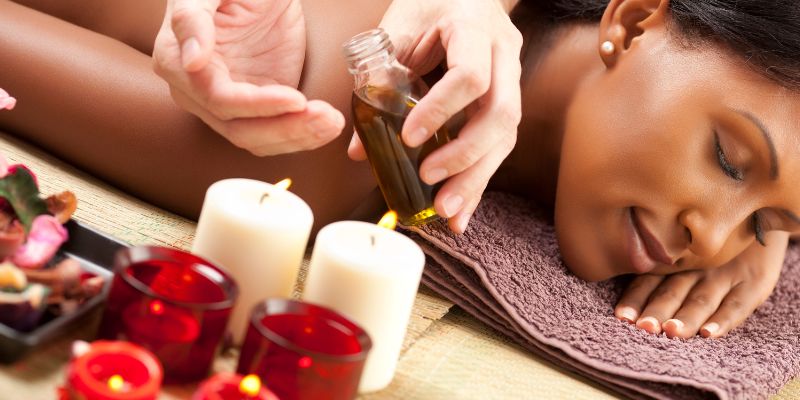
General precautions
While aromatherapy can be safe and effective when used properly, it’s important to take some general precautions to prevent adverse effects:
- Always use essential oils in dilution with a carrier oil, as they are highly concentrated and can cause skin irritation or sensitization if used undiluted.
- Test a small patch of skin before using essential oils topically, especially if you have sensitive skin or a history of allergic reactions.
- Use caution when inhaling essential oils directly or in large quantities, as they can cause respiratory irritation or sensitization.
- Keep essential oils away from children and pets, as some oils can be toxic if ingested in large amounts.
- Store essential oils in a cool, dark place, as they can degrade over time with exposure to heat and light.
Precautions for specific groups
Certain groups of people may be more vulnerable to the adverse effects of essential oils and should take additional precautions:
Children
- Essential oils should never be applied directly to a child’s skin or given internally without the supervision of a qualified healthcare practitioner.
- Avoid using essential oils around infants and young children, as their respiratory systems are still developing and can be sensitive to strong odors.
Pregnant women
- Some essential oils, such as clary sage and rosemary, can be uterine stimulants and should be avoided during pregnancy.
- Always consult with your healthcare provider before using essential oils during pregnancy, as some oils can be harmful to the developing fetus.
People with certain medical conditions
- People with asthma, allergies, or other respiratory conditions should use caution when using essential oils, especially inhalation.
- People with chronic medical conditions such as high blood pressure should use caution when using essential oils and consult with a physician before incorporating them into their treatment plan.
- Essential oils can interact with certain medications, so it’s important to consult with a healthcare provider before using essential oils if you are taking medications or have a chronic medical condition.
Clinical Aromatherapy
Clinical aromatherapy is the use of essential oils in the healthcare setting to support patients’ physical and emotional well-being.
Aromatherapy can be used in a variety of clinical settings, including hospitals, hospices, and cancer care centers. In fact, some studies have shown that certain essential oils can help alleviate cancer-related symptoms such as pain, nausea, anxiety, and fatigue.
However, despite the potential benefits of aromatherapy, it’s important to be cautious when using essential oils on patients, especially those with a history of allergic contact dermatitis or sensitization.
Healthcare practitioners should be trained in the safe and effective use of essential oils, and patients should be screened for potential allergies before using essential oils.
By following proper guidelines, clinical aromatherapy can be a valuable addition to patient care that offers natural, holistic benefits with minimal side effects.
It is important to note that while aromatherapy can provide a natural alternative to drugs for certain health conditions, it is not a substitute for medical treatment.

H201SH!FT Shower Starter Kit
Shower with lovely scents to your skin’s delight, hydrated & glowing.
Conclusion
Aromatherapy is a natural and powerful tool for promoting health and well-being. From relieving stress and anxiety to improving sleep quality and promoting relaxation, essential oils offer a wide range of benefits that can enhance our quality of life.
Whether you prefer to inhale essential oils through a diffuser, massage them into your skin, or add them to your bath, there are countless ways to incorporate aromatherapy into your daily routine.
However, it’s important to remember that while essential oils are generally safe when used properly, they can also have potential drawbacks. Some oils can be irritating or toxic when used in high doses or improperly, and certain groups of people should take extra precautions when using essential oils.
So, what is aromatherapy? In conclusion, it’s a wonderful natural healing modality that can be a great addition to your healthy lifestyle.
By following some basic safety guidelines, you can take advantage of the many benefits of essential oils and enhance your physical and emotional well-being.
Whether you’re new to aromatherapy or a seasoned pro, we hope this guide has been helpful in providing a solid foundation of knowledge for using essential oils safely and effectively.
FAQ – Frequently Asked Questions
What is an example of aromatherapy?
An example of aromatherapy would be using a diffuser to disperse lavender essential oil into the air to create a relaxing and calming atmosphere in a bedroom before bedtime. The scent of lavender can trigger a neurological response in the brain, leading to feelings of relaxation and a better night’s sleep.
Is aromatherapy good or bad?
When essential oils are used properly and safely, aromatherapy can offer numerous benefits for our physical, mental, and emotional health. However, when an essential oil is used improperly or in a high concentration, it can have adverse effects such as skin irritation or respiratory problems. It’s important to always use essential oils in accordance with safety guidelines and consult with a qualified healthcare practitioner or aromatherapist before using essential oils for therapeutic purposes.
What is the smell of aromatherapy?
Aromatherapy utilizes a wide range of essential oils, each with its own distinct and varying scents. Some aromas are floral and sweet, such as rose and jasmine, while others are woody and earthy, such as cedarwood and patchouli. Citrusy scents, like lemon and grapefruit, are also popular in aromatherapy, as they can uplift and invigorate the senses. Minty scents such as peppermint and wintergreen can be refreshing and cooling, making them a common addition to pain-relieving oils and muscle-soothing blends.
How to do aromatherapy at home?
Aromatherapy can be done at home through various methods such as diffusion, steam inhalation, massage, and topical application of essential oils. It’s important to choose high-quality oils, dilute them properly, and follow safety precautions to ensure the best results.
Does aromatherapy clean the air?
While aromatherapy can help improve air quality indirectly by reducing stress levels and enhancing our immune system, it’s not a substitute for air purification. In fact, many essential oils can be irritating to the respiratory system when inhaled in high concentrations, and diffusing essential oils can contribute to indoor air pollution if not properly ventilated. If you’re concerned about indoor air quality, it’s best to use an air purifier or natural methods such as opening windows and using houseplants to remove pollutants from the air.

